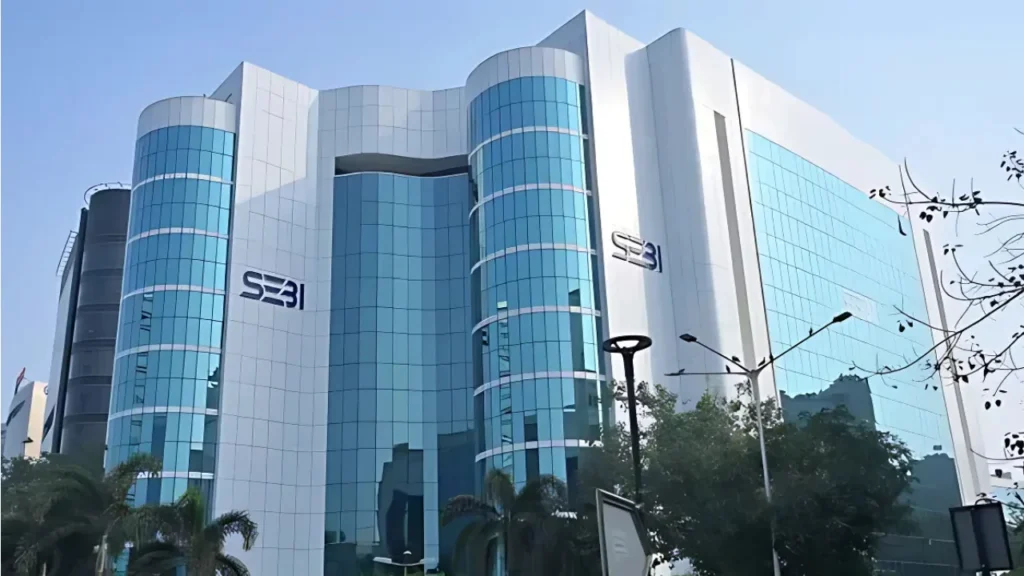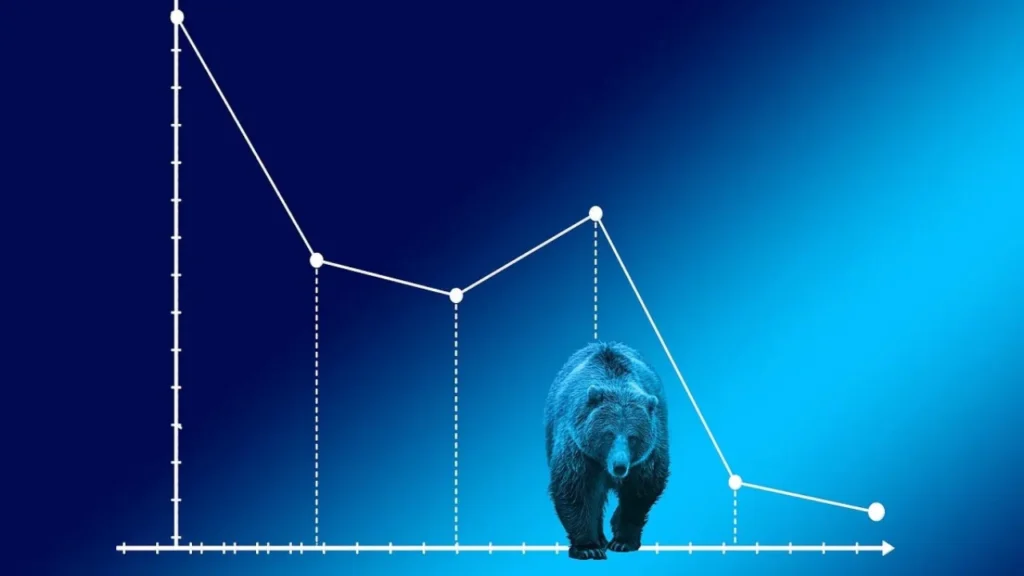The Union Budget for FY 2025-26 introduced several key changes to India’s income tax structure. These changes aim to simplify the tax system, reduce the burden on middle-class taxpayers, and encourage compliance. The new tax slabs and rates will be effective for the financial year 2025-26 (Assessment Year 2026-27).
New Income Tax Slabs for FY 2025-26
The government has introduced revised income tax slabs under the new tax regime. Below are the latest tax rates applicable to individuals:
Income up to ₹4,00,000 – No Tax (0%)
- Individuals earning up to ₹4,00,000 annually will not be required to pay any income tax.
- This threshold ensures that low-income earners do not face any tax burden, providing them with financial relief.
- Previously, the exemption limit was ₹3,00,000, which has now been increased to ₹4,00,000.
Income between ₹4,00,001 and ₹8,00,000 – Taxed at 5%
- For individuals earning between ₹4,00,001 and ₹8,00,000, a 5% tax rate applies.
- This means that if your income is ₹6,00,000, only ₹2,00,000 (above the ₹4,00,000 exemption limit) will be taxed at 5%.
- The tax liability for ₹6,00,000 income would be ₹10,000 (5% of ₹2,00,000).
Between ₹8,00,001 and ₹12,00,000 – Taxed at 10%
- If your income falls between ₹8,00,001 and ₹12,00,000, a 10% tax rate is applicable.
- This means that if your income is ₹10,00,000, then:
- The first ₹4,00,000 is tax-free.
- The government taxes the next ₹4,00,000 (₹4,00,001 to ₹8,00,000) at 5%, resulting in ₹20,000.
- The government taxes the remaining ₹2,00,000 (₹8,00,001 to ₹10,00,000) at 10%, resulting in ₹20,000.
- Total tax = ₹20,000 + ₹20,000 = ₹40,000.
Between ₹12,00,001 and ₹16,00,000 – Taxed at 15%
- Taxpayers earning between ₹12,00,001 and ₹16,00,000 will be taxed at 15%.
- Suppose your annual income is ₹14,00,000. The tax calculation will be as follows:
- The first ₹4,00,000 is tax-free.
- The government taxes the next ₹4,00,000 at 5%, resulting in ₹20,000.
- The government taxes the next ₹4,00,000 at 10%, resulting in ₹40,000.
- The government taxes the remaining ₹2,00,000 at 15%, resulting in ₹30,000.
- Total tax = ₹20,000 + ₹40,000 + ₹30,000 = ₹90,000.
Range ₹16,00,001 and ₹20,00,000 – Taxed at 20%
- Taxpayers in this bracket must pay 20% tax on their income above ₹16,00,000.
- Example: If your income is ₹18,00,000:
- The first ₹4,00,000 is tax-free.
- The government taxes the next ₹4,00,000 at 5%, resulting in ₹20,000.
- The government taxes the next ₹4,00,000 at 10%, resulting in ₹40,000.
- The government taxes the next ₹4,00,000 at 15%, resulting in ₹60,000.
- The government taxes the remaining ₹2,00,000 at 20%, resulting in ₹40,000..
- Total tax = ₹20,000 + ₹40,000 + ₹60,000 + ₹40,000 = ₹1,60,000.
Range ₹20,00,001 and ₹24,00,000 – Taxed at 25%
- If your income falls in this range, the amount exceeding ₹20,00,000 will be taxed at 25%.
- Example: If you earn ₹22,00,000 annually:
- The first ₹4,00,000 is tax-free.
- The government taxes the next ₹4,00,000 at 5%, resulting in ₹20,000.
- The government taxes the next ₹4,00,000 at 10%, resulting in ₹40,000.
- The government taxes the next ₹4,00,000 at 15%, resulting in ₹60,000.
- The government taxes the next ₹4,00,000 at 20%, resulting in ₹80,000.The remaining ₹2,00,000 is taxed at 25% = ₹50,000.
- Total tax = ₹20,000 + ₹40,000 + ₹60,000 + ₹80,000 + ₹50,000 = ₹2,50,000.
Above ₹24,00,000 – Taxed at 30%
- Any income exceeding ₹24,00,000 is subject to a 30% tax rate.
- If your income is ₹30,00,000:
- The first ₹4,00,000 is tax-free.
- The government taxes the next ₹4,00,000 at 5%, resulting in ₹20,000.
- The government taxes the next ₹4,00,000 at 10%, resulting in ₹40,000.
- The government taxes the next ₹4,00,000 at 15%, resulting in ₹60,000.
- The government taxes the next ₹4,00,000 at 20%, resulting in ₹80,000.
- The government taxes the next ₹4,00,000 at 25%, resulting in ₹1,00,000.
- The government taxes the remaining ₹6,00,000 at 30%, resulting in ₹1,80,000.
- Total tax = ₹20,000 + ₹40,000 + ₹60,000 + ₹80,000 + ₹1,00,000 + ₹1,80,000 = ₹4,80,000.
Additional Changes and Benefits
- Enhanced Tax Rebate under Section 87A
- Individuals earning up to ₹12,00,000 can claim a rebate of ₹60,000, reducing their tax liability to zero.
- Standard Deduction for Salaried Employees
- The standard deduction for salaried individuals and pensioners has been increased from ₹50,000 to ₹75,000.
- Default Tax Regime
- The new tax regime remains the default option, but taxpayers can opt for the old regime if they find it more beneficial.
Final Thoughts
The new income tax slabs for FY 2025-26 introduce several benefits, particularly for middle-class taxpayers. With a higher exemption limit, increased rebates, and a simplified tax structure, the government aims to reduce the tax burden and promote economic growth. Taxpayers should evaluate whether the new or old tax regime best suits their financial goals and investment strategies. By understanding these changes, individuals can plan their taxes more efficiently and maximize their savings.


















